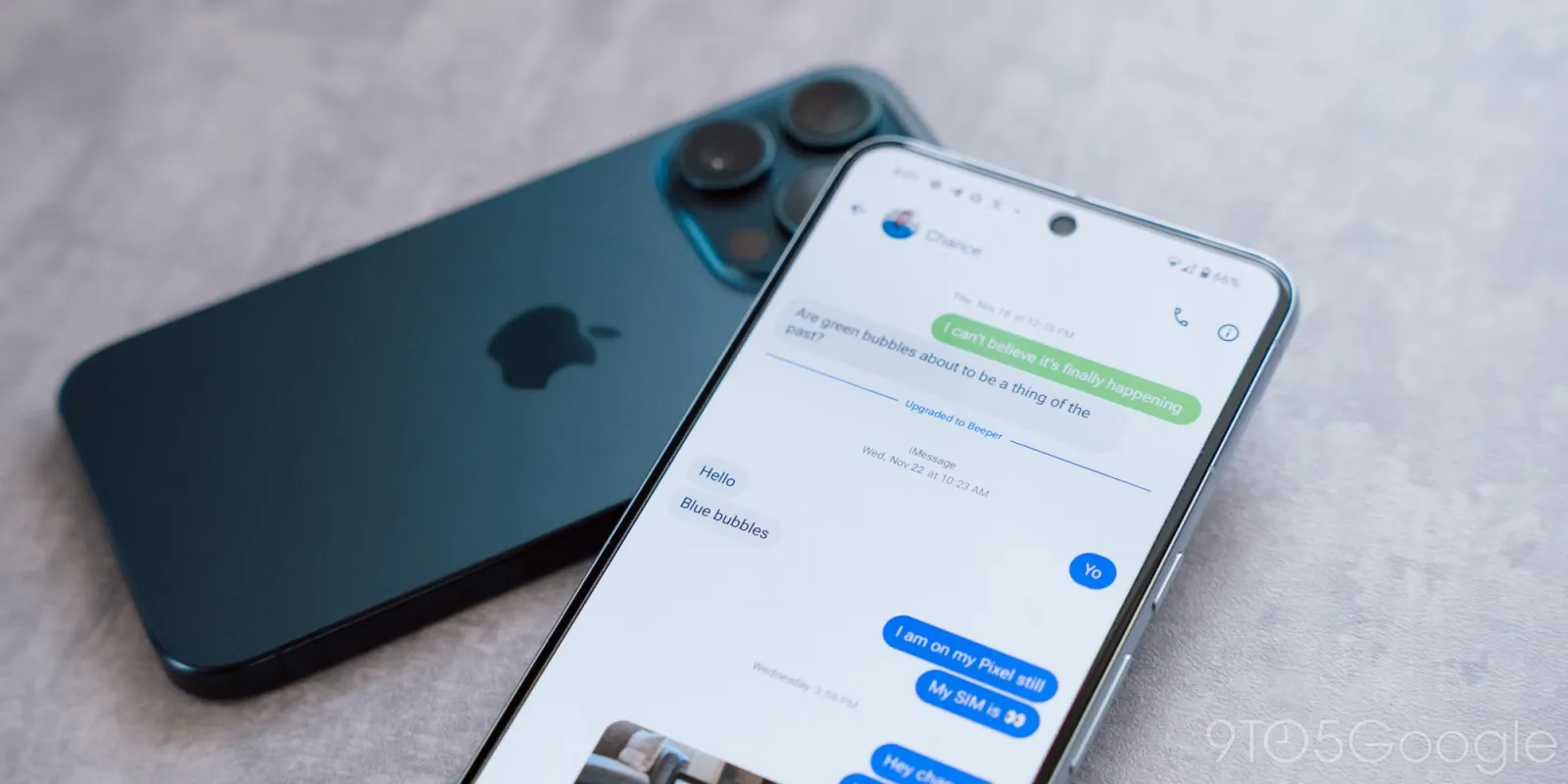
iMessage for Android. Even in this new reality where Apple intends to adopt RCS, it’s still something that people want because, after all, iMessage is very popular. And while Apple will probably never do it, the folks at Beeper are launching a new app, “Beeper Mini,” which brings iMessage support to Android that closely mimics the experience on iPhone, and does so in a way that’s “native.”
Beeper first launched in 2021 with the goal of bringing all of your chat apps together in one place. But, for many, the main attraction was iMessage support on Android and Windows. By signing in with your Apple ID and letting a Mac in a server farm act as a bridge to connect your device to iMessage. It’s a method that you either trust or you don’t, and it’s completely valid to feel like it’s worrisome.
With Beeper Mini, the company is introducing a wild new connection method. Beeper says that it has “reverse-engineered” iMessage, and that the new app connects directly to Apple’s service. That means that you aren’t signing into your Apple ID on a remote Mac or through Beeper’s servers – you’re just signing in through Apple directly. From there, messages and media are similar handed directly from your device to Apple. No Beeper servers (or anyone else’s) are in play here, the company says.
In fact, Beeper Mini even works if you don’t sign into an Apple ID, which is crazy. The disadvantage to skipping Apple ID sign in its cross-device support. If you don’t do this, you won’t be able to access your messages on other devices running Beeper/Beeper Mini, or Apple devices such as iPhone, iPad, and Mac. Beeper explains:
Optionally, you may also sign in to your Apple ID to enable sending/receiving from your email address. This will also enable you to send and receive messages from other Apple devices like iPad or Macs. The Apple ID login sends your username, password and a 2-factor code using encrypted HTTPS requests directly to Apple servers.
This “native” connection method also allows Beeper Mini to use the phone number on your device. Most apps that have brought iMessage to Android have only been able to use your Apple ID, but this app promises to let you use your phone number – the same one you use in Google Messages for SMS and RCS – with iMessage.
So if someone on and iPhone messages you or adds you to a group chat, your messages suddenly turn blue.
The Beeper Mini app itself is also redesigned from Beeper. Where the original app was more bare bones, “Mini” has a new look that looks like Google Messages and iMessage were merged together.
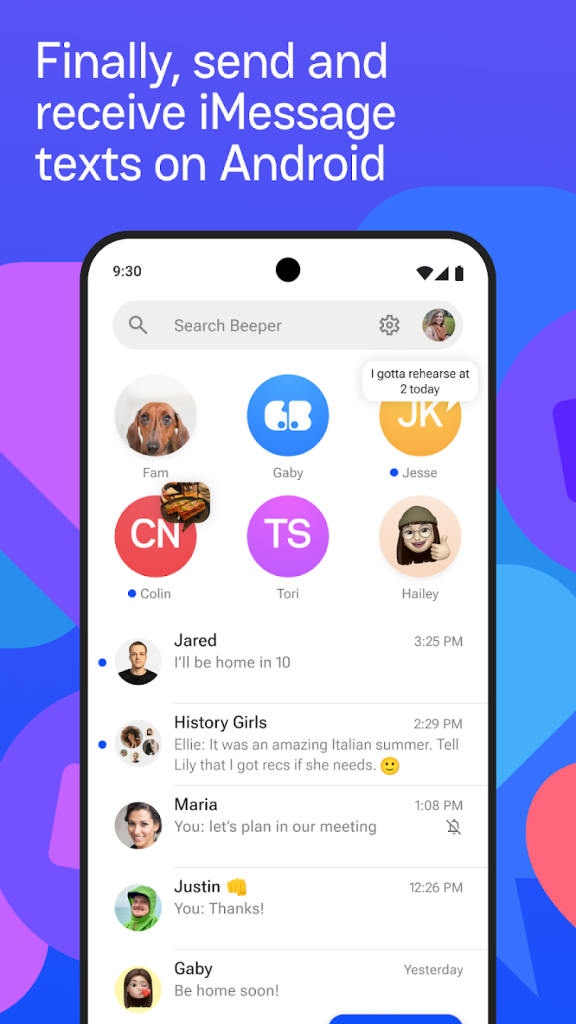
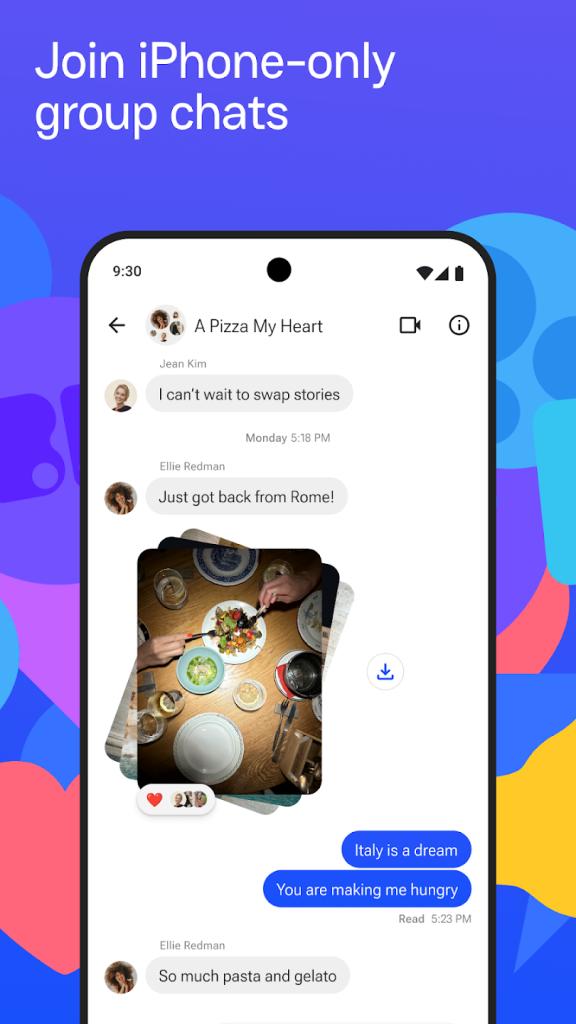
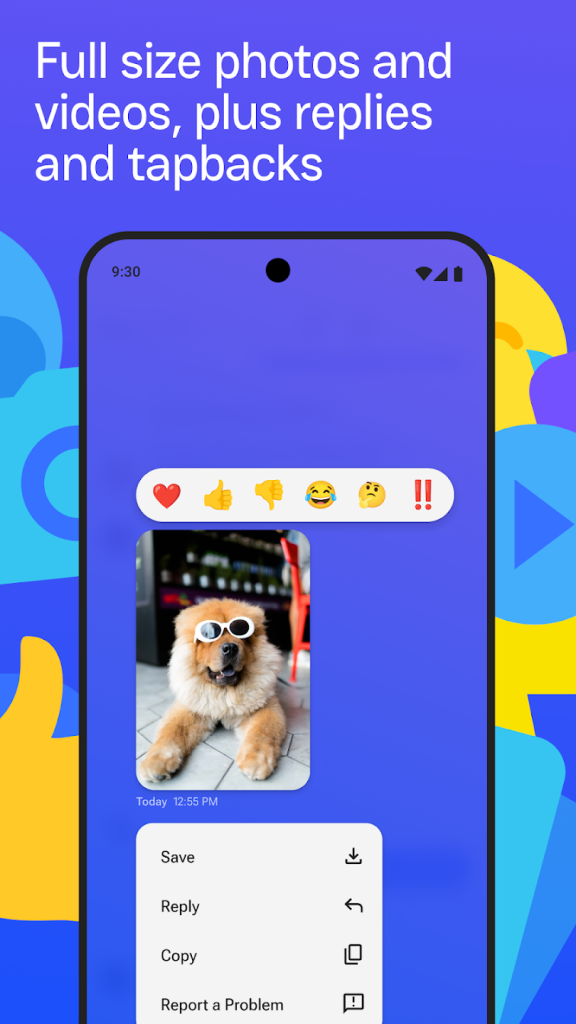
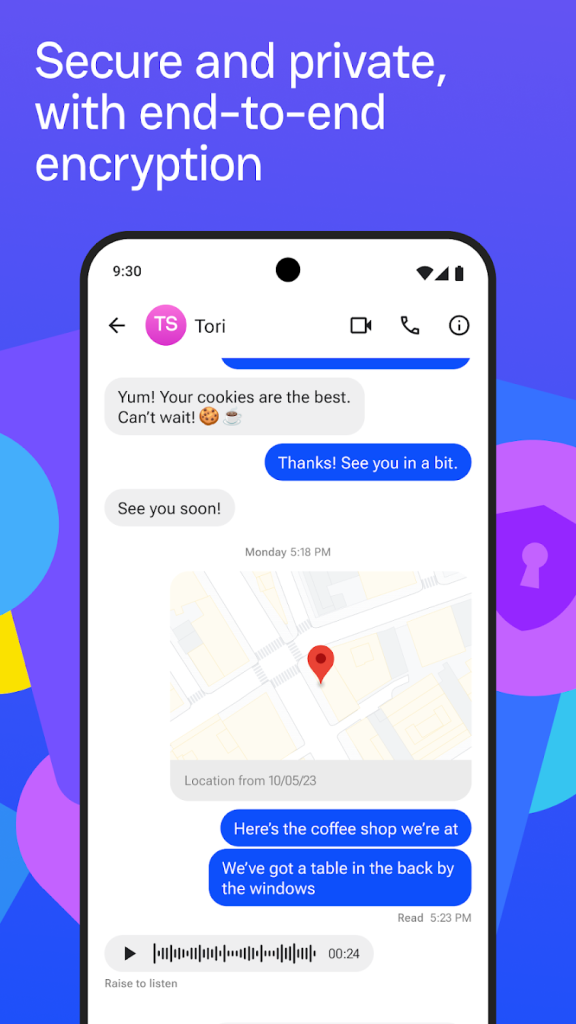
Let’s talk about the elephant in the room. The last big iMessage for Android attempt was “Nothing Chats,” an app backed by Sunbird that turned out to be a horrible privacy nightmare. In case you missed that whole debacle, here are the key stories you’ll need to catch up.
- Nothing Chats, the Sunbird-based iMessage app, is a privacy nightmare with unencrypted messages and images
- Sunbird shuts down its iMessage app for Android ‘for now’ amid ‘security concerns’
What makes Beeper Mini different?
In a call with Beeper’s Eric Migicovsky, that’s exactly what I wanted to find out, and it seems the answer comes down to trust. Beeper as it stands today, where everything is running on Mac Minis, is being done “in the open.” The backend is largely open-source, and the company has aimed to be straightforward and transparent with every update along the way. Migicovsky adds that, soon, Beeper will be doing a full in-public security review.
That continues with Beeper Mini. Beeper has already published a proof-of-concept on GitHub that allows anyone to dig in and see exactly how it all works. Migicovsky explained that, even though the proof-of-concept tells competitors how this all works, it’s a “critical component” in ensuring you, as a user, can actually trust the app. Beeper is also breaking down much of how the app works in a blog post on its website.

The other big question around Beeper Mini is Apple’s reaction. When does Apple kill this?
I asked Migicovsky about this, and he first pointed to the legal protection around Beeper’s work here. As a part of the DMCA (specifically section 1201F), reverse engineering for the purpose of interoperability is protected. That doesn’t necessarily mean that Apple can’t change its process and break Beeper Mini, though, but that feels somewhat unlikely. If Apple were to do such as thing, as our Dylan Roussel brought up, it would potentially break iMessage on older iPhone or Mac models that are no longer being updated.
So, while there are no guarantees, Beeper Mini seems probably reasonably safe from Apple, maybe.
Migicovsky also argues that, on a morals level, Apple should be in favor of leaving the app alone. A statement from Beeper says:
Beeper Mini actually makes iPhones more secure because it encrypts messages to and from Android users. iPhone users – you should tell your Android friends about Beeper Mini to increase your own security and privacy!
I’m not totally sold that Apple will see it the same way – if anything I’m most worried Apple will see this as a breach of security – but we’ll have to just wait and see.
The last question then – What does it take to get started?
Beeper Mini is available for download on Android today via the Play Store with no waitlist. You can use the app for 7 days for free, but then you’ll have to pay $2 per month to keep going.
Top comment by Mark Langston
I can't shake this feeling that someone at Google already figured this out (probably a while ago) but decided not to follow through (likely for legal reasons) and while Beeper feels that they're safe I just don't see Apple letting this one slide, especially if it's successful and more and more people are signing up to use it.
Let's be honest, does anyone really believe that Apple's hands are tied on this? That they're completely immobilized by this workaround? Don't hold your breath.
What about the original Beeper? The app will become “Beeper Cloud” and will still exist as it does today. You can connect to iMessage, WhatsApp, and others, and that will also still be the only app on Windows and other platforms.
What’s it like to actually use the app? Check out our full hands-on here.
More on Android:
- Apple gets the message, RCS coming to iPhone in 2024 with same Universal Profile as Android
- Amid busy holiday travels, Apple still holds back Android’s ‘Find My Device’ network
- Google will make it easier to set custom contact ringtones on Android
FTC: We use income earning auto affiliate links. More.





Comments